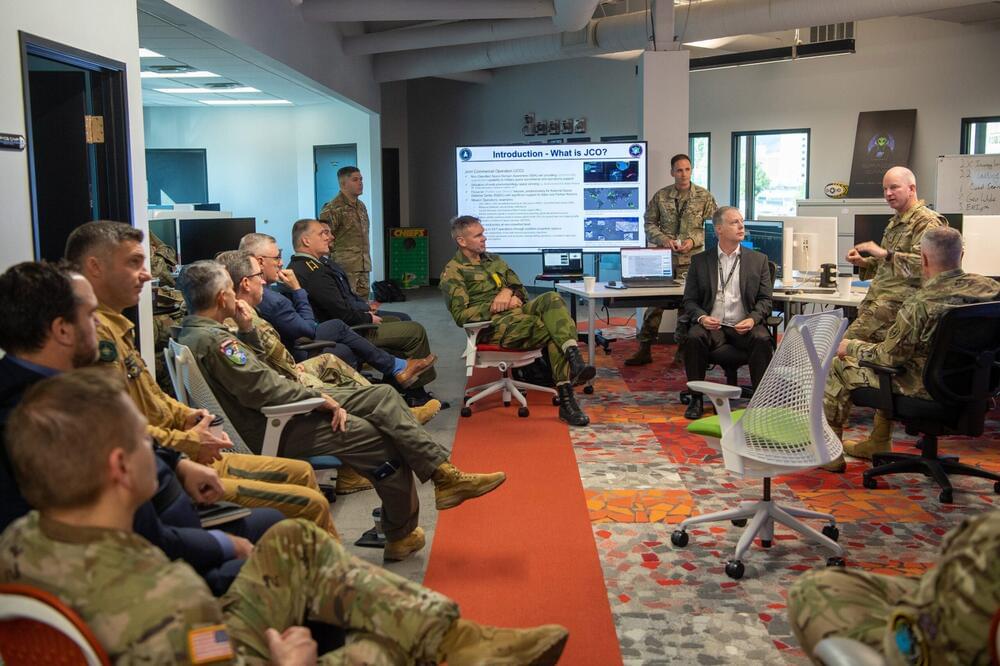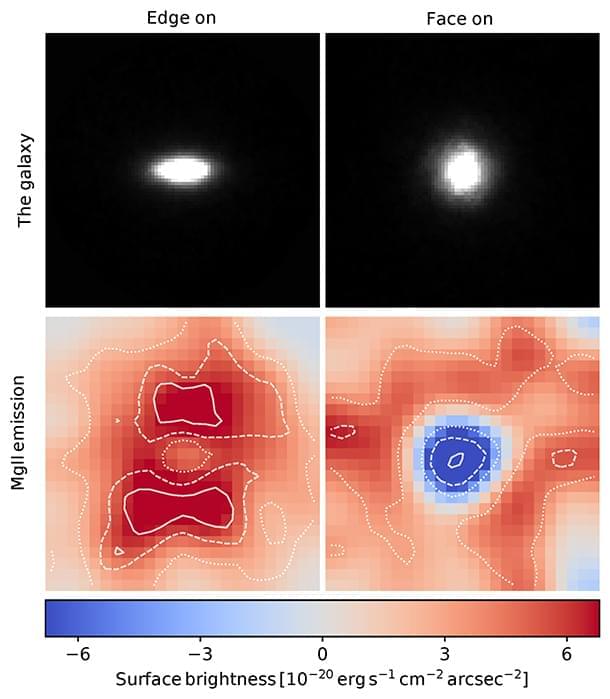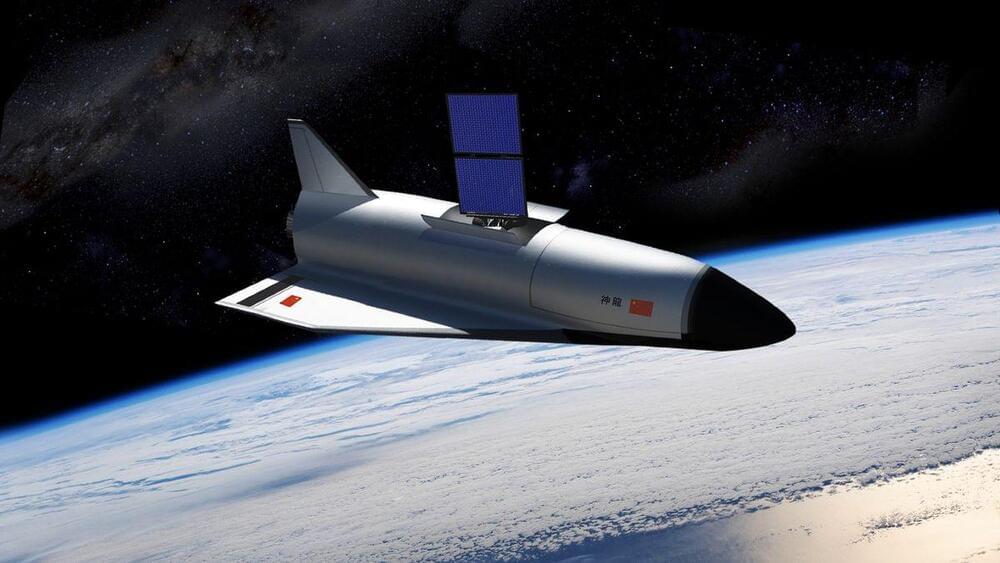Dec 18, 2023
U.S. Space Command declares ‘full operational capability’
Posted by Kelvin Dafiaghor in categories: military, space, surveillance
WASHINGTON — U.S. Space Command, the Defense Department’s combatant command responsible for space operations, has achieved full operational capability, its commander Gen. James Dickinson announced Dec. 15.
In short, this means that U.S. Space Command is now fully up and running. It has the staff, infrastructure and plans it needs to handle its mission of conducting space operations and protecting American and allied assets and interests in space.
U.S. Space Command, established in 2019 in Colorado Springs, is tasked to monitor space activity and threats, support other military units with space capabilities like communications and surveillance, respond to crises involving space, deter aggression and defeat enemies if needed.


















